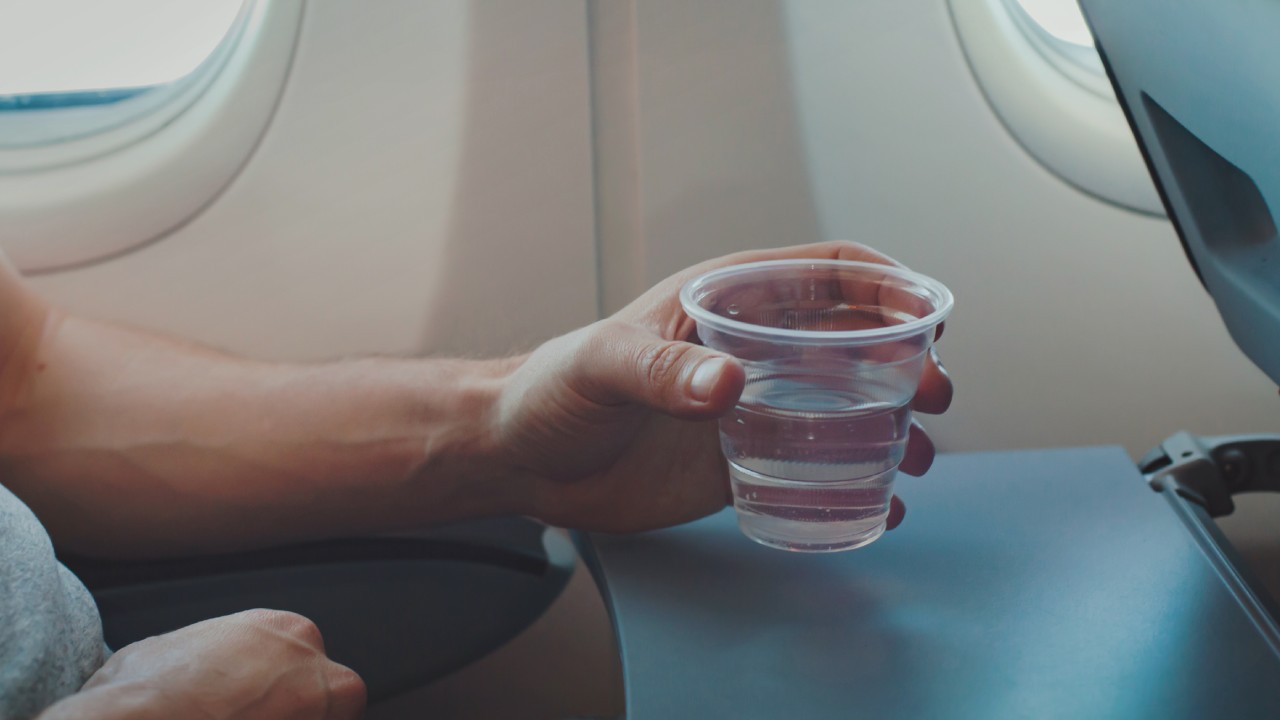Why you should stay hydrated on the plane

The airplane cabin does strange things to your body – it can hurt your sinuses, dull your taste buds, make your skin flaky and even induce nosebleeds at times.
These problems all have the same root: Dryness.
A 2013 study by the University of Palermo found that the humidity levels on a variety of aircrafts – including Boeing 767, Airbus A320 and A340 – range between 1.8 and 18.5 per cent. As the plane reaches higher altitudes, the atmosphere in the cabin grows increasingly dry, even drier than most deserts.
For comparison, the relative humidity in the Gobi Desert in May averages 23 per cent, while Maria Elena South – which is widely considered as the driest area of the hyper-arid Atacama Desert in Chile – holds a relative humidity of 17.3 per cent.
The dry cabin environment is indeed not ideal – according to the National Asthma Council of Australia, the ideal humidity to deter airborne viruses is between 30 and 50 per cent.
Staying hydrated is a great way to minimise the negative effects of low humidity such as skin sensitivities, exacerbated jet lag or increased susceptibility to illnesses.
So next time you get onboard, do not hesitate to ask the flight attendant for an extra bottle or two – your body needs it.
